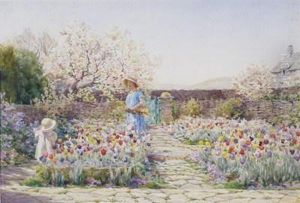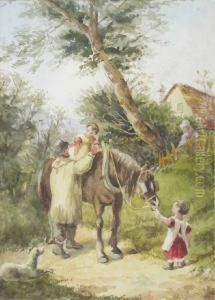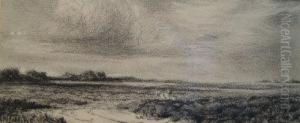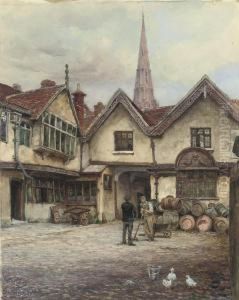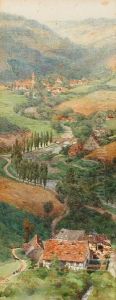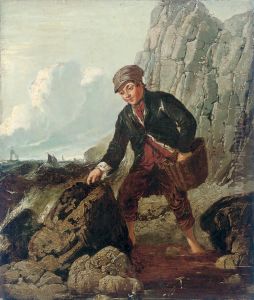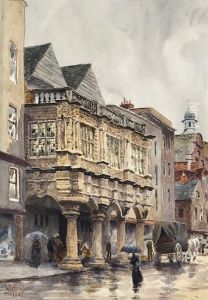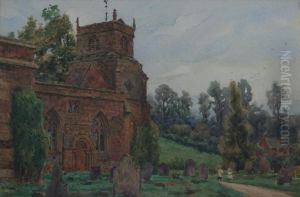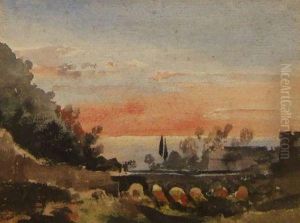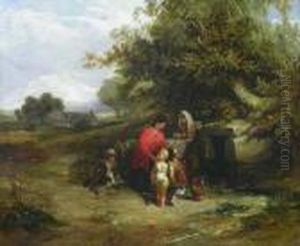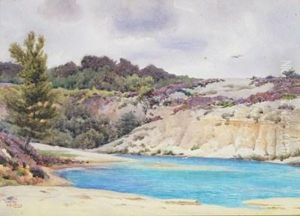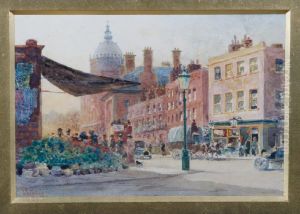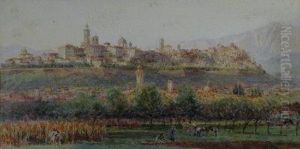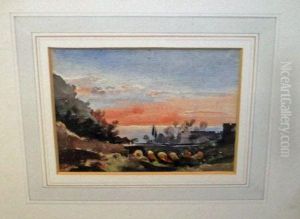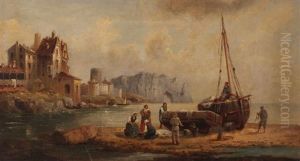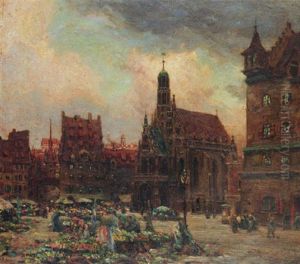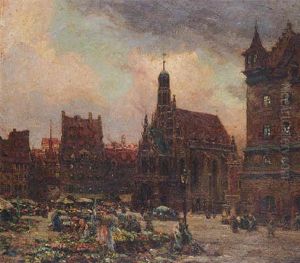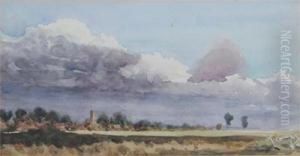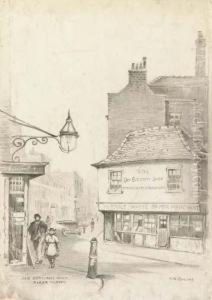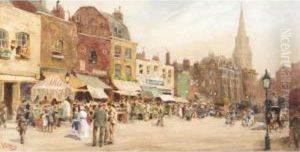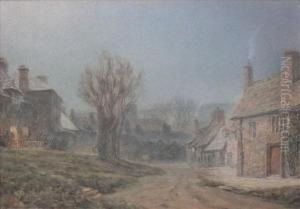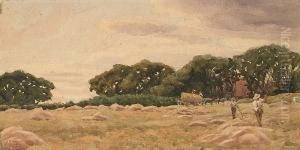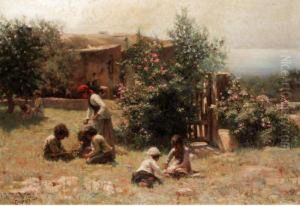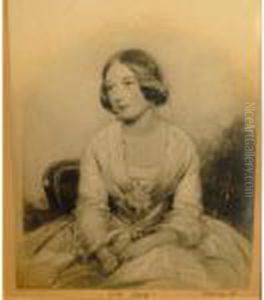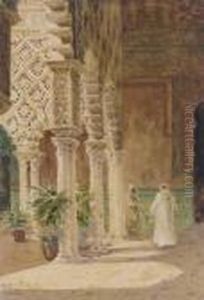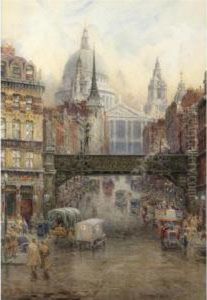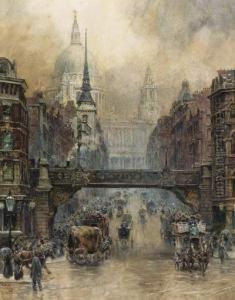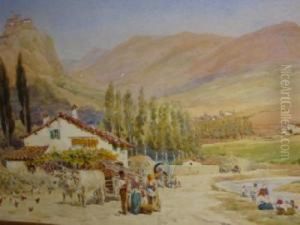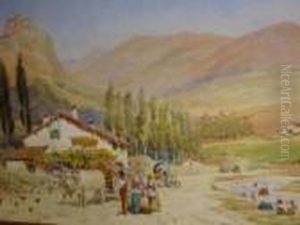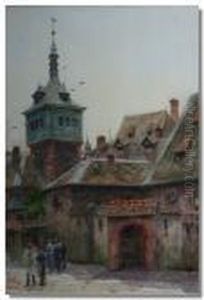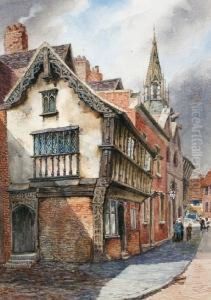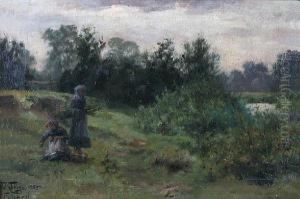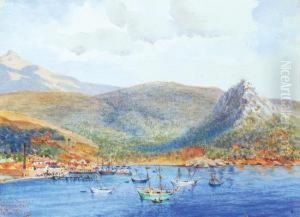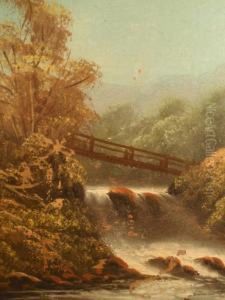William Wiehe Collins Paintings
William Wiehe Collins was a British artist known for his landscape and marine paintings. Born on 7 November 1862 in Hendon, Middlesex, England, Collins showed an early interest in art. He was the son of a respected artist, Charles Allston Collins, and the nephew of the famous Victorian novelist Wilkie Collins, which placed him in an environment that was conducive to his artistic development.
Collins studied at the Royal Academy Schools, a leading art institution in London, where he honed his skills in painting. His education at the Academy allowed him to study under prominent artists of the time and absorb various influences that would later be reflected in his works.
Throughout his career, Collins became renowned for his atmospheric landscape paintings, which often featured scenes of the English countryside, coastal areas, and maritime subjects. His works are characterized by their detailed rendering and the use of light to create mood and depth in the scenes he depicted.
He exhibited widely during his lifetime, including at the Royal Academy of Arts and the Royal Institute of Painters in Water Colours. His paintings were well-received, and he gained a reputation for his ability to capture the British landscape with a romantic yet realistic touch.
Collins was also a member of the Royal Society of British Artists and the Royal West of England Academy, which further attested to his standing in the art community.
Despite his success, William Wiehe Collins remained a relatively private figure, focusing on his art rather than public life. He continued to paint throughout his life, and his works remain in private collections and galleries, appreciated for their classic British charm and technical skill.
William Wiehe Collins passed away on 23 October 1951, leaving behind a legacy of landscape and marine paintings that continue to be admired for their beauty and artistry. His contribution to British art is recognized as a valuable part of the country's cultural heritage.
